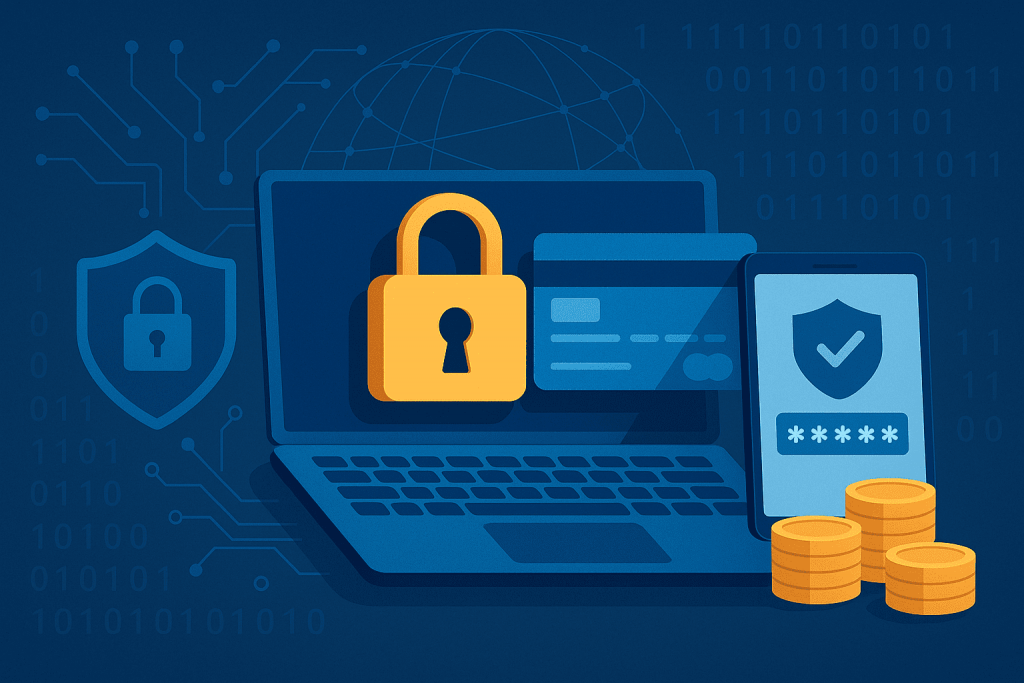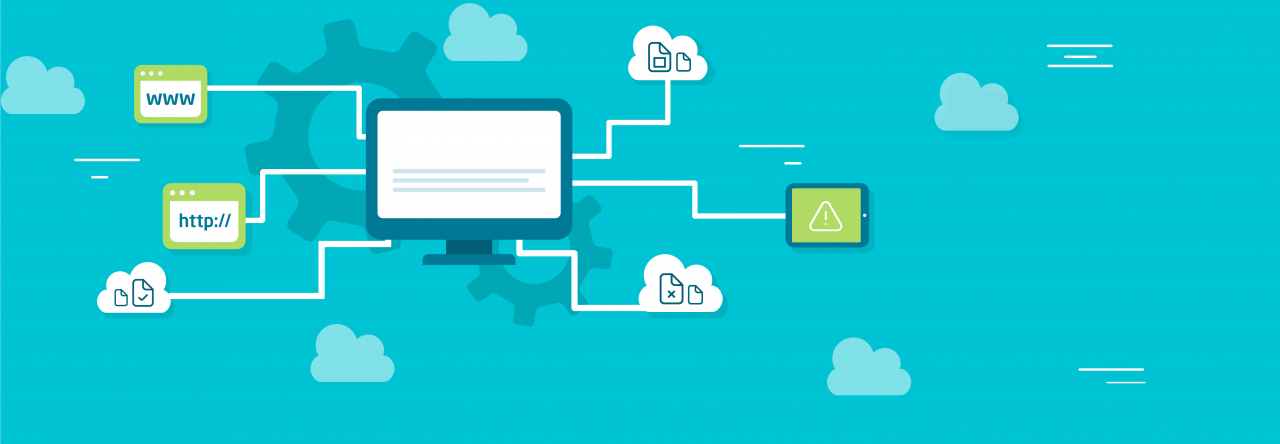
According to Ukraine’s State Service of Special Communications, the number of cyberattacks on the financial sector increased by over 40% in 2024. The most common threats were phishing, payment data theft, and malware. In 2025, this trend continues, with attackers actively using artificial intelligence to create more convincing scams.
Online businesses that accept payments have become primary targets. If your website is not protected, you risk not only losing customers but also facing penalties for non-compliance with security standards.
RX-name ensures that clients can safely purchase services — from domain registration to hosting. Let’s look at practical steps to secure online payments on your website and build customer trust.
1. Risk Assessment: Where to Begin
The first step in securing online payments is to understand where vulnerabilities may occur.
Key risks for e-commerce:
- Theft of payment card data via malicious scripts.
- MITM attacks (man-in-the-middle traffic interception).
- Poorly protected APIs integrating with banks or payment gateways.
- Weak passwords without additional authentication.
- Human factor — phishing emails targeting employees.
🔑 Recommendation: run basic penetration testing or use security monitoring services. This helps identify weaknesses before attackers exploit them.
2. Choosing Payment Gateways: Why Verified Solutions Matter
In Ukraine, the most popular e-commerce payment solutions include:
- LiqPay (PrivatBank) — easy integration for websites and mobile apps.
- Fondy — an international platform supporting 150+ currencies.
- WayForPay — widely used by small and medium-sized businesses.
Criteria for a secure gateway:
- PCI DSS compliance (adherence to payment data protection standards).
- Support for 3D Secure 2.0 to validate transactions.
- Tokenization (replacing real card data with unique tokens).
- Seamless integration with your CMS or custom website.
Using trusted gateways significantly reduces fraud risk and simplifies PCI DSS compliance.
3. SSL/TLS Certificates: The First Layer of Protection
Without an SSL certificate, your site not only looks “unsafe” in browsers but is also vulnerable to data interception.
Why it matters:
- Encrypts data between client and server.
- Increases customer trust (browser lock icon).
- Improves Google ranking.
4. Two-Factor Authentication and Tokenization
2FA (two-factor authentication):
- Use SMS codes or mobile apps (Google Authenticator).
- Provides an extra layer of protection for the website’s admin panel.
Tokenization:
- Card data is not stored on the server.
- Even if hacked, attackers only get useless tokens, not real card numbers.
This approach is widely used on large e-commerce platforms and has already become the “gold standard” in 2025.
5. Monitoring and Compliance: Real-Time Control
Payment security is not a one-time action but a continuous process.
What you need:
- Monitor suspicious transactions (e.g., multiple purchases from different IPs in a short time).
- Logs and auditing — record all actions for incident investigation.
- PCI DSS 4.0 compliance — the new version of the standard includes:
- Regular vulnerability testing.
- Enhanced user identification.
- Network segmentation to isolate payment data.
📊 According to Statista, 74% of customers in 2024 abandoned purchases if they were not confident in a site’s security. PCI DSS compliance directly impacts trust and conversion rates.
6. User Tips: Improving Overall Security
Beyond technical measures, educate your customers to:
- Use strong passwords.
- Avoid storing card details in browsers.
- Always check for https:// in the URL.
- Avoid using public Wi-Fi for payments.
- Use virtual cards for online purchases.
FAQ
1. What is PCI DSS, and is compliance mandatory?
PCI DSS is the international payment card data security standard. For e-commerce in 2025, compliance is mandatory; otherwise, fines and blocked transactions are possible.
2. Is an SSL certificate enough to secure payments?
No. SSL provides only basic encryption. Additional measures like tokenization, 2FA, and verified gateways are necessary.
3. Which payment systems are most common in Ukraine?
Popular solutions include LiqPay, Fondy, and WayForPay — all PCI DSS compliant.
4. How can I check if a website is secure?
Look for https://, the browser lock icon, and check if the site mentions SSL and PCI DSS certification.
5. How does payment security affect SEO?
Websites with SSL rank higher on Google. Moreover, users are more likely to complete purchases when they trust the website.
6. Do fraudsters use AI?
Yes. In 2024–2025, AI-powered phishing attacks that mimic voices and writing styles of well-known companies have sharply increased.
7. Can I delegate payment processing entirely to the gateway?
Yes. This lowers your risks and simplifies compliance.
Conclusion: Investing in Security = Investing in Trust
Payment security is not only a regulatory requirement but also a competitive advantage. In 2025, customers choose websites that guarantee the safety of their data.
Apply these practices to your project with RX-name, and you’ll gain:
- increased customer trust;
- higher conversion rates;
- protection from fines and reputational damage.
🛡️ Secure payments on your website = customer trust = stable business growth.

Leave a Reply